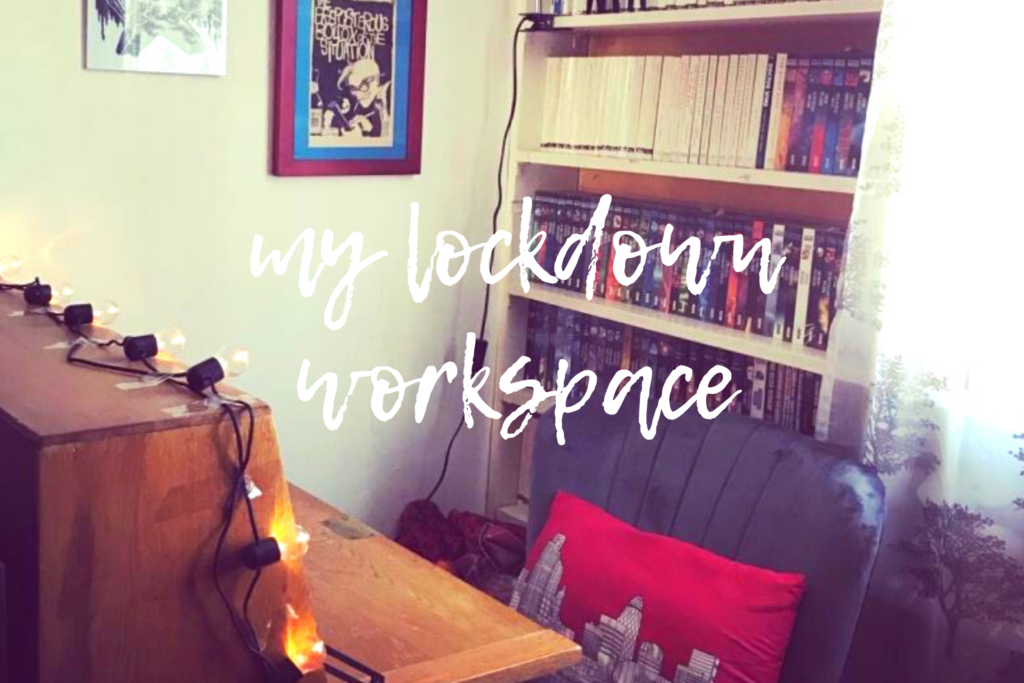I’ve been reflecting on something Suzy Cross of Abcam said at the CIPR Inside Summer social: “lockdown working is not flexible working”. Organisations are looking at how to build new ways of working out of their emergency response to COVID-19. We need to think about this with care, and offer advice.
Earlier in June, a rather famous businessman tweeted that before COVID-19 “we never had people working from home unless they were sick or snowed in”. That narrow attitude is not as obsolete as it should be, and shows a huge lack of trust in employees.
In mid-March, a lot of organisations rapidly moved their office-based people to home-working. The old “that’s just the way we do things here” attitudes were exploded overnight as people adapted to:
- video conferencing
- cats in meetings
- cloud-based document sharing
- split days or other working patterns to allow for home-schooling.
I’ve seen this called “more flexible working” in various places and didn’t really think about it. I’ve worked out of my bag for decades (hence knowing my essential tools to have on me). So the initial “I’m working from home now” moment was not a problem for me. After a couple of weeks I improved our bureau workspace as I’d given up my big desk for the home school. You can see it, complete with Tank Girl poster, at the top of the post. Yet after a couple of months I started to struggle.
Locked down working isn’t flexible
It made no sense to me why I was finding it harder. True, the crisis work was over and there’s always a comedown. I was discussing re-opening with one cafe owner. They talked about the reduced number of tables they’d be having once they can have eat-in custom again. And I realised the days of freelancers claiming a table for an hour or two are over.
So Suzy’s comment crystallised it for me: I’ve been having the odd day where my brain refuses to settle because I’m not working flexibly. I’m working locked-down, without the variety of options I usually flex between. No co-working spaces, no library, no train commutes to a shared office, no popping out to get lunch somewhere and clear my head.
I was physically in a fixed way of working, rather than a flexible, growth one.
As we emerge from lockdown working, organisations need to think about how to expand that emergency lockdown working into genuine flexibility. Leaders need to show they trust their people to know what working patterns, locations and habits are most effective and build a culture that harnesses that flex. Right now we have an opportunity to reset organisational cultures to factor in truly flexible working.
Where do we start?
Ask. And listen. Find out what is working for your team/organisation, and what isn’t. Find out what one thing would make work easier.
Audit. This can be a simple stop/start/continue sense-check. Look at what you started back in March and what you stopped. Did anyone miss the things you stopped doing? Did some of the things you started just not gain traction? And do the benefits of some of the things you introduced mean they’re worth keeping when people are back in a shared office?
Adapt. Make tweaks, and be ready to make more as new options emerge. This is being flexible in how you see work rather than locking down how people work. And give people time to adapt, too. Some people will not be comfortable returning to a desk in a shared office for a good while yet. Look for ways to give them the space/time they need to adapt.
This is an opportunity for organisations to break away from “home working is for when you are ill or snowed in” culture. Barriers have fallen (illustrating just how often the “it’s not possible” response to individual flexible working requests was bullshit, by the way). Developing a more flexible approach that can adapt to the next few years of uncertainty is crucial.
We need flexible working, not locked down working.

